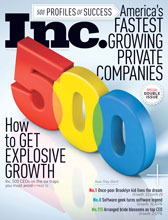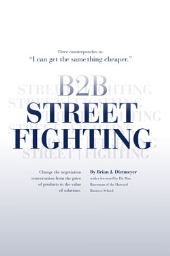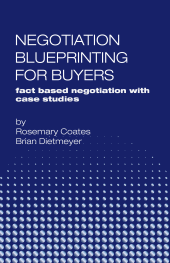Most buyers attempt to minimize the complexity of business negotiation by simply saying, "Well, the other side's price is lower." this is like trying to make a decision with the majority of the criteria missing. We all know that price is a function of many things: how much volume is being purchased, what products and services are included, who is assuming more risk and so on. So our job as professional negotiators is to get past a buyer's fixation on price and put all the moving parts on the table simultaneously, empowering both sides to make well-informed business decisions.
Trading is what each side wants from the deal, what each side wants to keep out of the deal, what each side is willing to trade to close the deal and the priority of all the items in question. So what business problem does trading solve? Trading helps you fight back against the business problem of price focus when the other side throws out the c-word (cheaper).
 Your closest competitor may, in fact, seem cheaper at first, so you have to dig deep to see what you're willing to trade in order to level the playing field, then tip the scale in your favor. In a way, fixating on price is like preparing for a street fight by only doing bicep curls on one arm, just so you can have one big arm for one big punch. But the minute your competitor sees that big Popeye arm, all of your single-minded training will be for naught because your intentions will be so obvious. He will quickly learn to avoid that one massive arm and spend the rest of the fight repeatedly striking blows to your many vulnerable spots.
Your closest competitor may, in fact, seem cheaper at first, so you have to dig deep to see what you're willing to trade in order to level the playing field, then tip the scale in your favor. In a way, fixating on price is like preparing for a street fight by only doing bicep curls on one arm, just so you can have one big arm for one big punch. But the minute your competitor sees that big Popeye arm, all of your single-minded training will be for naught because your intentions will be so obvious. He will quickly learn to avoid that one massive arm and spend the rest of the fight repeatedly striking blows to your many vulnerable spots.
Thorough trade data collection and analysis leaves you with very few weak spots because you're always creating leverage in the deal by finding ways to trade things other than price. In fact, many items can be traded to optimize the deal for price and provide value across the board; the key is to think them through in advance.





